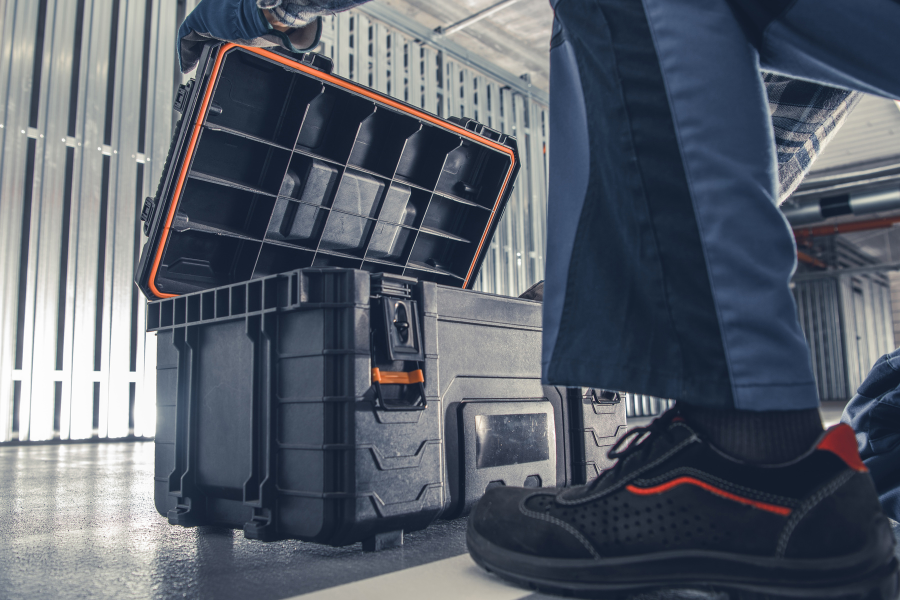
6 Tips for Weatherproofing Your Commercial Building
Weatherproofing your commercial building should be a priority for every operations manager. Maintaining a high standard of weatherproofing has numerous benefits. Your employees and customers will remain comfortable and productive; you save money on cooling and heating expenses; you save money on damage-control and repair expenses for your building; you reduce the likelihood of costly downtime due to unanticipated leaks, major repairs, or other issues.
Here are some weatherizing tips to make your building more resilient to both hot and cold weather.
Inspect the Roof
Inspect the roof twice yearly. Look for any holes, cracks or poor seams that could mean leaks. Pay special attention to seals or flashing around roof penetrations for pipes, vents, and chimneys. Ensure that the roof can handle the weight of winter snow and ice.
Increase Insulation
Thorough insulation will keep interior spaces cooler in summer and warmer in winter. Assess existing insulation on the walls, ceilings, floors, and foundation of your building. Prioritize insulating where there is no existing insulation. Evaluate whether you can boost the existing insulation in other areas. Typical insulation practice is placing rolled, blanket-style insulation between beams and joists in walls, ceilings, and floors, and blowing in loose or rigid insulation in other areas that are irregular in shape or hard to access.

Insulate Pipes
Insulate all incoming and outgoing plumbing pipes to prevent freezing, especially those sections that travel through cold parts of your building. Make sure any piping containing steam or chilled water are insulated properly to minimize energy loses.
Check HVAC Systems
Inspect all cooling and furnace systems, or engage a trusted HVAC professional for a preventive maintenance visit. Verify that the equipment functions properly and is working at its highest level of efficiency. Routine maintenance should include changing air filters, testing operation, adjusting controls, and cleaning and tightening electrical connections. Ensure that ventilation systems are properly exhausting any potentially harmful gases, such as carbon monoxide.
Seal and Insulate Ductwork
Make sure ductwork is tightly connected at all registers, vents and seams. Replace any damaged sections. Insulate ducts with an appropriate material, such as rigid fiberboard or standard blanket insulation.
Seal Air Leaks
Air leaks can cause wasteful air loss and uncomfortable drafts. The best way to isolate and locate leaks is with a commercially performed energy audit. This can pinpoint even small leaks where doors, windows, pipes, conduits, and other things penetrate exterior walls. Use weather stripping, caulk, door sweeps and other devices to help keep the building sealed.
Chemtex Can Help
Talk to your Chemtex representative about how to improve interior air all year round, whether you are heating or cooling. We look forward to reviewing your HVAC, water treatment and other systems helping you make it the best it can be, for occupant health as well as your bottom line.



/NQA-ISO-9001-Logo-ANAB.jpg)